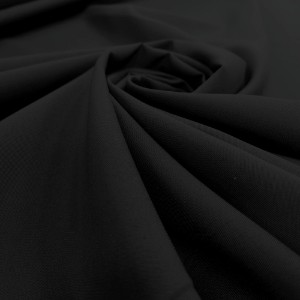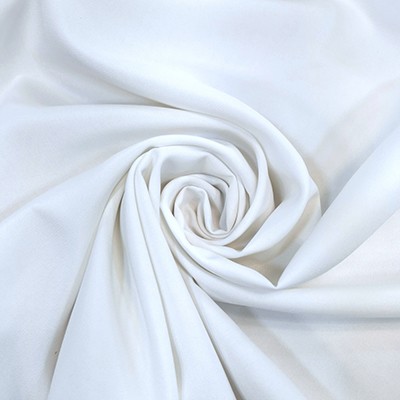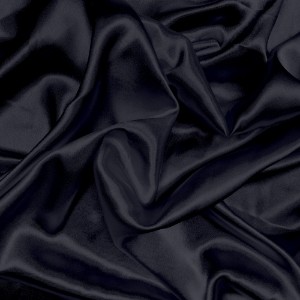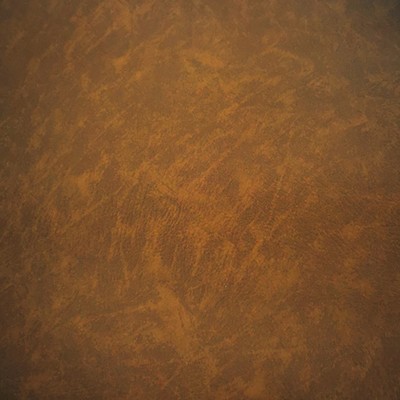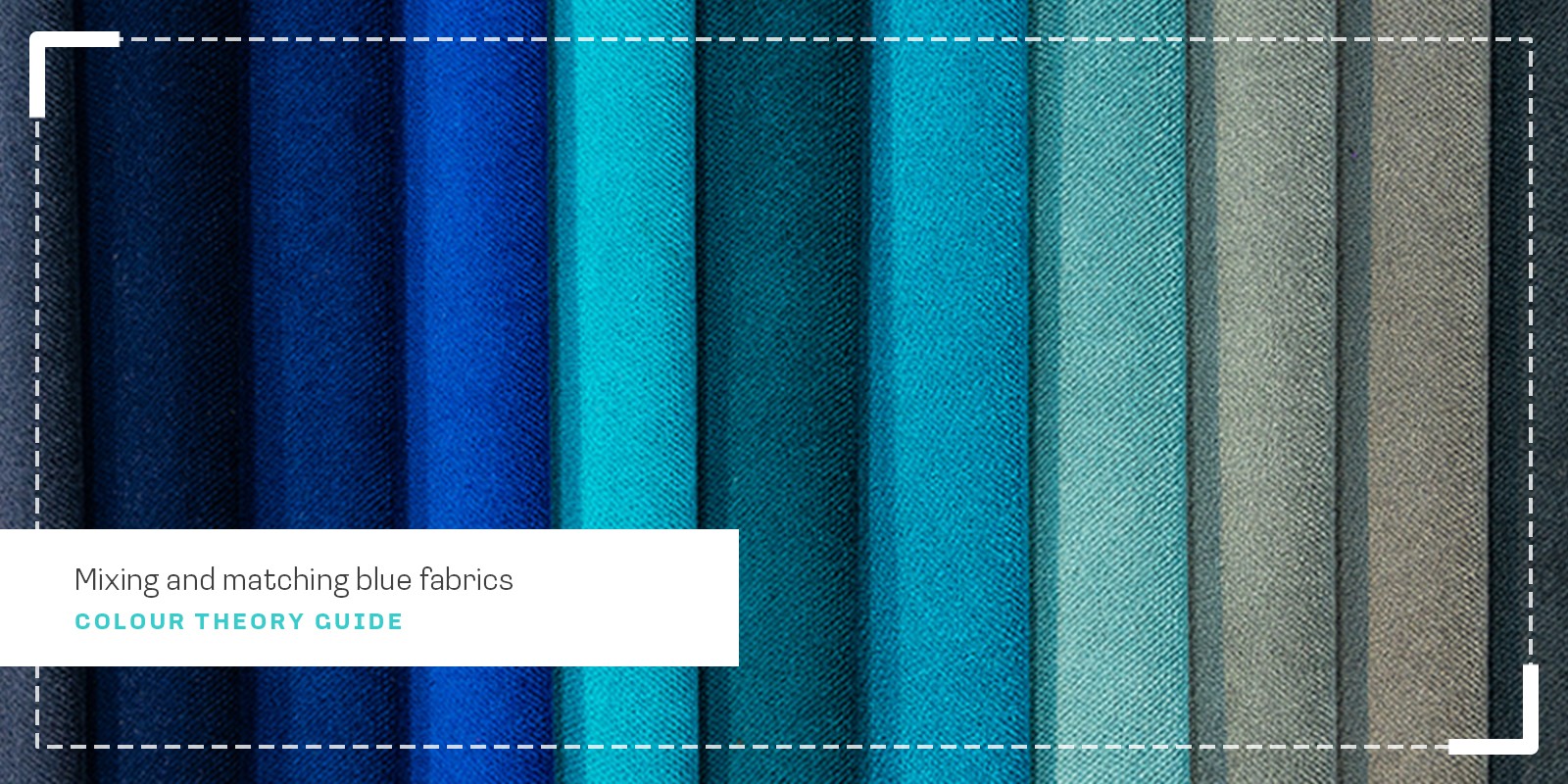Fire Retardant Fabric: What It Is and Where to Use It
4 October 2024
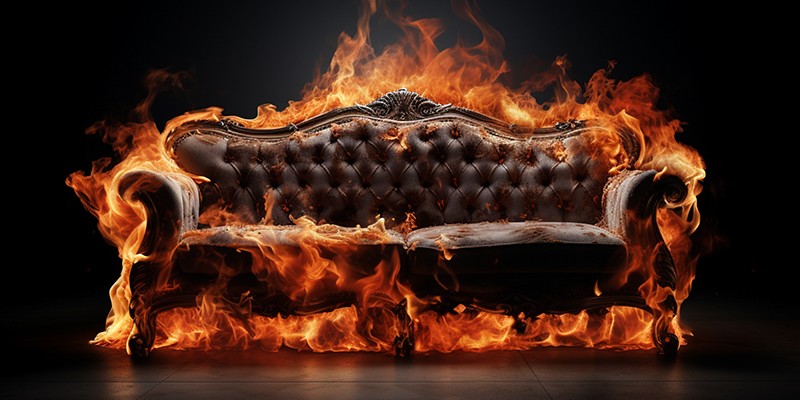
In today's safety-conscious world, the importance of fire safety in textiles cannot be overstated. Whether you're outfitting a commercial space, designing stage curtains, or simply looking to enhance the safety of your home, choosing a suitable fire-retardant fabric is crucial. This guide will walk you through everything you need to know about these materials, from their composition to their applications and care.
What is Fire Retardant Fabric?
Fire retardant fabric is a textile that is suitable for potential fire-risk applications, including:
- Curtains and drapes for commercial and residential spaces
- Upholstery for furniture in public areas like hotels, theatres, and offices
- Protective clothing for workers in high-risk industries
- Bedding and mattresses for hospitals and hotels
- Wall coverings and room dividers in commercial buildings
- Stage curtains and backdrops for entertainment venues
- Aircraft and public transport interiors
How Fire Retardant Fabrics Work
The science behind these fabrics varies from product to product, utilising different mechanisms to combat fire:
- Chemical Reaction: Some fire retardant fabrics release flame-damping substances when exposed to high temperatures.
- Char Formation: When burned, certain fire retardant materials form a char layer, which insulates the underlying fabric.
- Heat Absorption: Some fabrics are designed to absorb and dissipate heat, reducing the surrounding area's temperature.
- Oxygen Deprivation: Advanced fire retardant fabrics can create a barrier that limits oxygen supply to the flame.

Types of Fire Retardant Fabrics
Fire retardant fabrics generally fall within two main categories - Natural Inherent Flame Retardant (NIFR) fabrics and Non-Durable Flame Retardant (NDFR) fabrics:
- Natural Inherent Flame Retardant (NIFR) Fabrics: These textiles are made from fibres that are inherently flame-resistant, such as certain types of polyester or nylon. The fire-resistant properties are built into the molecular structure of the fabric, ensuring long-lasting protection. NIFR fabrics maintain their flame-resistant properties throughout their lifetime, even after multiple washes or exposure to environmental factors. They're ideal for applications requiring consistent, long-term flame resistance.
- Non-Durable Flame Retardant (NDFR) Fabrics: These are regular fabrics treated with fire-retardant chemicals applied as surface finishes or coatings. NDFR fabrics are suitable for applications where temporary flame resistance is needed, as they may lose their protective properties over time, especially after washing or environmental exposure.
Important! The choice between these types depends on your project's specific application and requirements. However, it is crucial to note that in the United Kingdom, businesses are legally required to use fire-retardant upholstery fabric to comply with fire safety regulations and ensure consumer protection.
For commercial applications where long-term fire safety is paramount, NIFR fabrics are often the preferred choice due to their durability and consistent flame-resistant properties. These fabrics maintain their protective qualities even after repeated cleaning, making them ideal for high-traffic commercial environments.
The Difference Between Flame Retardant and Fire Retardant Fabrics
It's crucial to understand the distinction between flame retardant and fire retardant fabrics, as these terms are often used interchangeably but have specific meanings in the textile industry.
- Fire retardant fabrics are designed to slow fire spread and reduce its intensity. While they offer important protection, they may not completely prevent a fire from spreading. These fabrics typically char when exposed to flame, creating a barrier that helps to inhibit fire progression.
- Flame retardant fabrics, in contrast, are engineered to resist ignition and self-extinguish when the ignition source is removed. These textiles are often constructed using inherently flame-resistant fibres or treated with specialised chemical finishes. Their primary function is to actively suppress the spread of flames, providing a higher level of fire safety than fire retardant fabrics.
Both types of fabrics play vital roles in fire safety, but their specific properties and performance characteristics differ. When selecting fabrics for safety-critical applications, it is essential to understand these differences and choose the appropriate type based on your specific requirements and relevant safety standards.
Fire Safety Standards used for fabrics sold in the UK
In the UK, various tests and standards are used to evaluate the flame-retardant properties of fabrics. Here are the standards you may need to know:
- BS 476 Part 7 (Surface Spread of Flame Test): Evaluates how quickly flame spreads across a fabric's surface. Fabrics passing this test are considered to have low surface flammability.
- BS 5867 (Flammability of Textiles Curtains and Drapes): Specifically assesses the flammability of curtains and drapes when exposed to a small ignition source.
- BS 5852 (Cigarette and Match Test): Measures the resistance of upholstery fabrics to ignition from a smouldering cigarette or small open flame, crucial for furniture fabrics.
- EN 13773 (Heat Resistance Test): Tests a fabric's ability to withstand radiant heat without igniting, commonly applied to curtains and drapes.
- EN ISO 6940 and 6941 (Flammability of Textiles): These standards assess general textile flammability and vertical flame spread, respectively, under controlled conditions.
- EN 1103 (Ignitability of Curtains): Specifically evaluates how easily curtains ignite when exposed to a small flame.
- EN 11612 and EN 11611: These standards are for protective clothing, assessing resistance to heat and flame in contexts like firefighting or welding.
When browsing our products at Online Fabrics, you'll notice we've added information about which fire safety standards it meets (if any) in each fabric's description. We also provide care instructions to help you maintain the flame retardant properties, ensuring you can make informed decisions and properly maintain your fire safety textiles.
Applications in Various Industries
Fire retardant fabrics find use across a wide range of industries and applications:
- Hospitality: Hotels and restaurants use these fabrics for curtains, upholstery and bedding to meet safety regulations.
- Entertainment: Theatres and concert venues rely on fire-retardant stage curtains and backdrops.
- Transportation: Airlines and public transport services use these materials for seat covers and interior furnishings.
- Workwear: Industries dealing with high heat or flame risks use fire retardant clothing to protect workers.
- Home Decor: Safety-conscious homeowners opt for fire-retardant curtains and upholstery fabrics.
Domestic Use
In domestic settings, not all items are required by law to be fire retardant, but using these fabrics can significantly enhance home safety. Items that typically don't need to be fire retardant for domestic use include:
- Clothing (except children's nightwear)
- Bed linens and pillowcases
- Towels and washcloths
- Curtains in private homes (though fire retardant options are recommended)
- Rugs and carpets
Despite not being required by law, using fire-retardant fabrics for furniture in your home is always advisable.
How to Choose the Right Fire Retardant Fabric
Selecting the appropriate fire retardant fabric involves considering several factors:
- Intended Use: Consider where and how the fabric will be used. Is it for upholstery, curtains, or clothing?
- Fire Safety Standards: Ensure the fabric meets relevant safety standards for your industry or application. For commercial or public spaces, it's crucial to consult with your local fire safety officer. They can provide specific guidance on your application's required standards, ensuring you comply with local regulations. Fire safety officers can offer valuable insights, including required fire retardant ratings for your business and how to document your fire safety compliance.
- Aesthetics: Fire safety doesn't necessarily mean compromising on style. Options like our [Distressed Leatherette - BLACK](https://onlinefabrics.co.uk/fire-retardant-fabric) offer both protection and visual appeal.
- Durability: Consider how well the fire retardant properties will last, especially for items that require frequent cleaning.
- Comfort: Choose fabrics that balance safety with comfort for clothing or items in direct contact with skin.
Maintenance and Care Tips
Proper care is essential to maintain the fire-retardant properties of your fabrics:
- Follow Care Labels: Always adhere to the manufacturer's cleaning instructions.
- Avoid Harsh Chemicals: Some cleaning agents can degrade fire retardant treatments.
- Regular Inspections: Check for wear and tear that might affect the fabric's fire resistance.
- Professional Cleaning: Consider professional cleaning services familiar with fire-retardant fabrics.
- Retreatment: Some treated fabrics may need periodic reapplication of fire retardant treatments.
Visit our guide on Keeping Fire-Retardant Fabrics in Top Shape for more information on maintaining and caring for fire-retardant fabrics.
Expert Advice
Here are some useful tips for working with fire retardant materials:
- When sewing fire retardant fabrics, use a larger needle and longer stitch length to prevent damage to the protective coating.
- Check the care label before washing fire-retardant fabrics. Some can be pre-washed, others must not be washed to maintain their protective properties.
- For upholstery projects, consider using fire-retardant batting and foam with fire-retardant fabrics for complete protection.
Product Showcase:
At Online Fabrics, we offer a range of high-quality fire retardant fabrics to suit various needs:
FAQs
Q: Can fire retardant fabrics be washed?
It depends on the fabric. Some can be washed, others can't due to the applied treatments. Always check the care label or fabric supplier for correct washing instructions.
Q: Do fire retardant fabrics feel different from regular fabrics?
Some might have a slightly different texture, but many modern fire retardant fabrics are designed to feel similar to their non-treated counterparts.
Q: How long do fire retardant properties last?
It varies depending on the type of fabric and treatment. Inherently fire retardant fabrics maintain their properties for the life of the fabric, while treated fabrics may need periodic retreatment.
Q: Are fire retardant fabrics more expensive than regular fabrics?
Due to the special treatments or materials used, they tend to be more expensive. However, the added safety they provide often justifies the investment.
Ready to explore the world of fire-retardant fabrics? Visit our fire retardant fabric category to discover our range of safety-conscious textiles. From elegant draperies to durable upholstery materials, we have the perfect fire-retardant fabric for your next project.
If you need personalised advice on choosing a suitable material for your project, don't hesitate to contact us. Our team of experts is always here to assist you.
Happy crafting!


